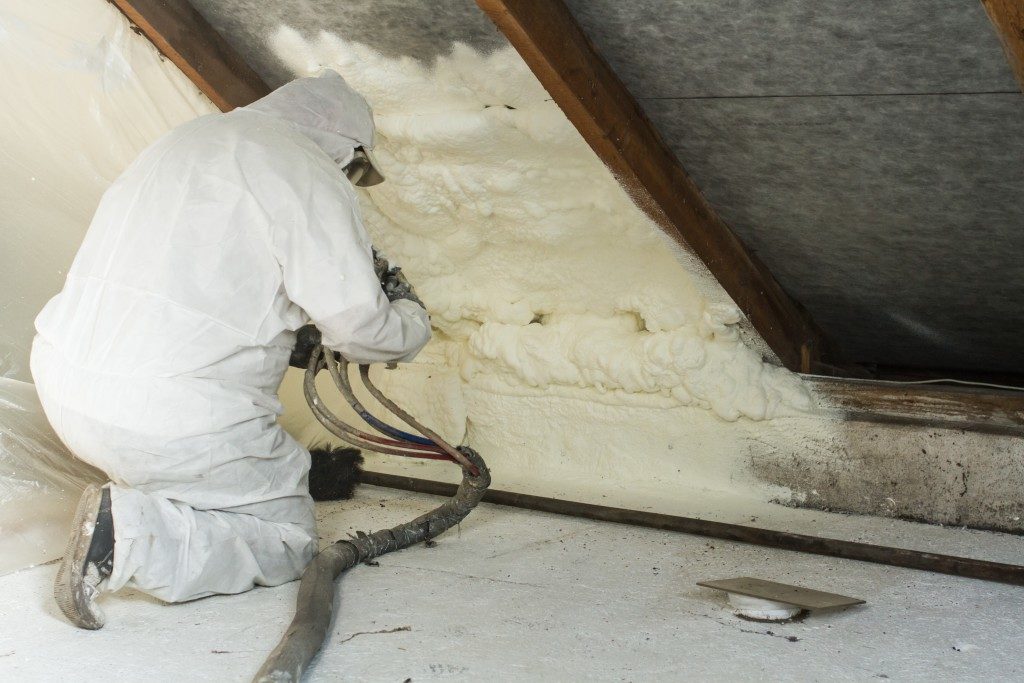Insulation is a vital element of your home. Aside from retaining heat during the cold season, it likewise lowers your heating and cooling costs. Up until fairly recently, there have only been few environmentally friendly alternatives to fiberglass and foam insulation for insulating walls and roofs.
But more and more homeowners nowadays are joining the green movement and are looking for viable, more eco-friendly insulation solutions. That being said, below are some options for green insulation in Sandy, Utah, to consider for your home.
Sheep’s Wool
Natural, sustainable and renewable insulation made of sheep’s wool only requires a tiny amount of energy to make compared to traditional insulation materials. Also, sheep’s wool is easier to install and handle, unlike fiberglass.
Because wool is breathable, it’s capable of releasing and absorbing moisture without lowering heat performance. Also, wool’s R-value is up to 3.8 per inch of thickness. This is higher than most fiberglass insulation’s R-value, and is non-combustible so it could help in slowing down a home fire should it occur.
Cork
Majority of homeowners know about walls and floors made of cork, but are not aware that it can be used for insulation as well. Cork insulation come in granules and are sold per bag, making them excellent insulation materials from odd or awkward joist spacing and gaps.
Cellars are good spots for installing cork insulation too. But because cork granules are loose, they are not good options for drafty areas because they might be blown around.
Cotton
 Lots of cotton insulation formulations these days are manufactured from recycled denim and are free of formaldehyde, unlike fiberglass insulation, but can provide the same performance and benefits of fiberglass insulation. Similar to sheep’s wool, cotton is also safer and easier to install than fiberglass.
Lots of cotton insulation formulations these days are manufactured from recycled denim and are free of formaldehyde, unlike fiberglass insulation, but can provide the same performance and benefits of fiberglass insulation. Similar to sheep’s wool, cotton is also safer and easier to install than fiberglass.
It also provides superior acoustic performance. On the other hand, it’s significantly more expensive than fiberglass. But its long service life and durability is usually worth the extra cost for most homeowners.
Polystyrene
While this might seem not eco-friendly at all because it’s plastic, it is considered green in that can help save a massive amount of energy. This type of insulation is available in two forms, a spray formulation and rigid foam boards; the latter can also be used to reinforce the structural integrity of walls.
Living Roof
Although this won’t and shouldn’t replace actual insulation inside your home, a living roof, which is basically a garden on top of a roof, could substantially decrease indoor noise, and lower indoor temperature by up to 8%, reducing cooling costs.
And while it doesn’t provide any insulating benefits during the wet season, the plants will help trap snow and safeguard your roof, prolonging its service life. It’s also more beautiful than asphalt.
If you’re renovating your home or are building one, consider the eco-friendly insulation alternatives mentioned above. But take note that opting for a more environmentally friendly option will only be practical if it makes the energy performance of your home better.
So do your homework to ensure that the green insulation you’re going to install offers the most appropriate R-value fit for your home’s needs.

